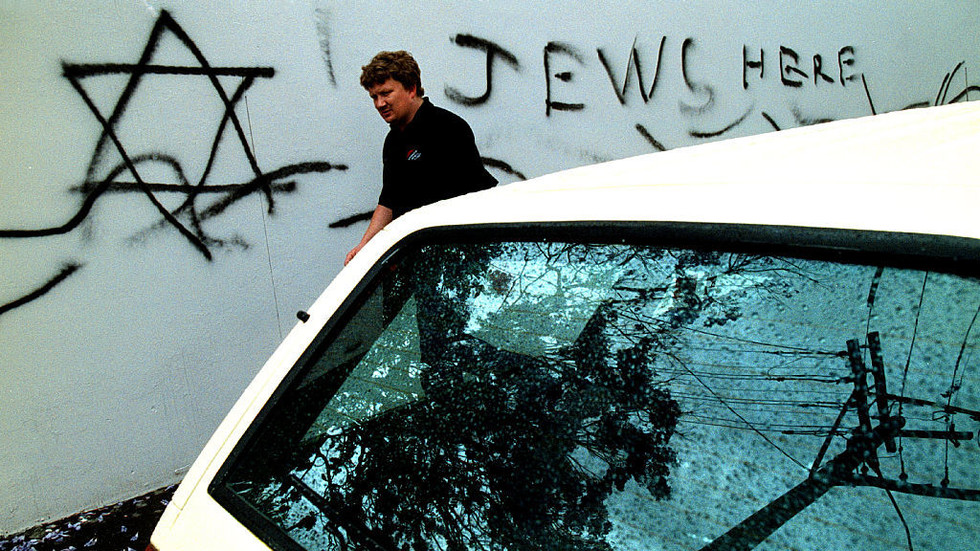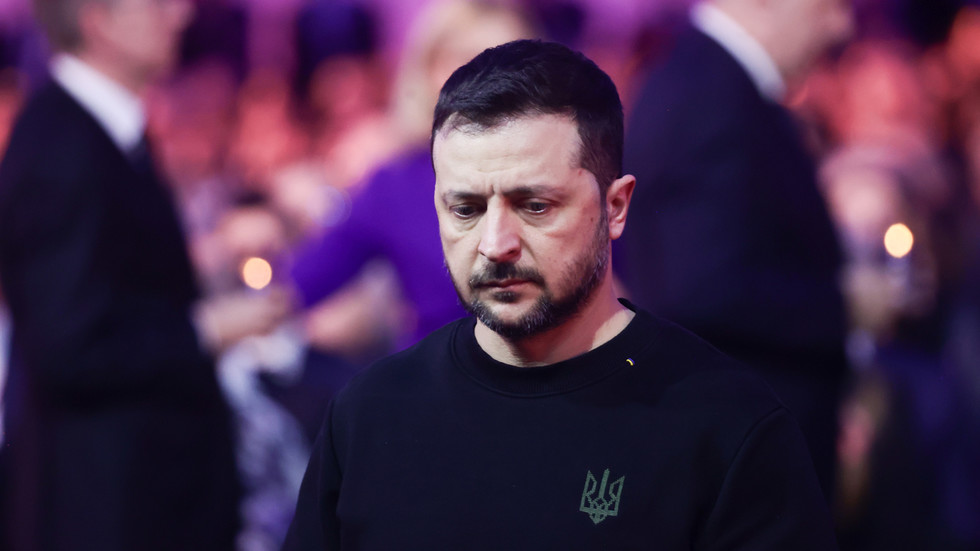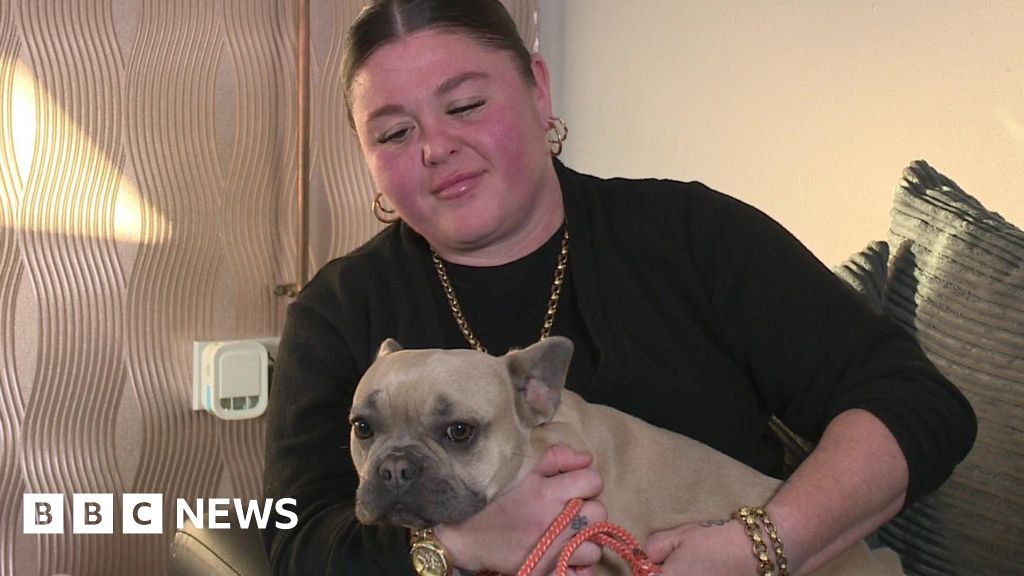Deborah “Big Red” Cotton and I met by getting shot together. It was a Mother’s Day afternoon during Barack Obama’s second term as America’s first Black president. We were two of 19 people gunned down in the biggest mass shooting in the modern history of New Orleans, a city stained by racism and violence since its time as the biggest slave market in North America. The shooting targeted a second line parade, an iconic local ritual that evolved from the burial rites enslaved Africans brought with them to Louisiana starting in 1722 and that later helped give birth to jazz. To desecrate such a sacred gathering, New Orleans singer John Boutte said, was “ like bringing a gun to church and starting to shoot people. It’s just hateful.”
Gravely wounded, Cotton was not expected to live through the night. But she held on long enough to dictate a statement that a close friend delivered to a hastily called City Council meeting. A day after the shooting, a surveillance video had surfaced that showed a Black man watching as the parade passed left to right. Suddenly, the man plunged into the crowd—which consisted almost entirely of Black men, women, and children—and began firing a handgun at point blank range. As people ran and threw themselves to the ground in terror, the gunman kept firing until he emptied his weapon, then ran away.
Cotton’s City Council statement implored the people of New Orleans to stop and think before passing judgment. “Do you know what it takes to be so disconnected in your heart that you walk out into a gathering of hundreds of people who look just like you and begin firing?” she asked. Alluding to the bleak circumstances facing many young Black men in New Orleans—parents absent or impoverished, abysmal schools, rampant gang and police violence, few job options beyond menial labor or drug dealing—she added, “These young men have been separated from us by so much trauma.”
Thanks to what Cotton and the police officers investigating the shooting both labeled “a miracle,” she did live through the night. In fact, I connected with her in New Orleans a few months later. She’d been discharged from the hospital by then, though her return to normal life was uncertain at best. Some vital organs had been severely compromised or outright removed. The doctors said she had many more surgeries ahead.
When we spoke, after telling me to call her "Deb," she shared that she often felt nauseous, anxious, and sometimes depressed these days. Yet she evinced not the slightest anger toward the two gunmen who had shot us and seventeen other people at a ritual that, as she well knew, was sacred to Black identity in New Orleans. Instead, she reiterated her initial response.
“I try to put myself in other people’s shoes in life,” Cotton told me. “I asked myself, ‘What has happened to put those young men in such a dead-hearted place that they would shoot into a crowd of people who looked just like them?’ That’s what’s so striking to me. They weren’t shooting at white men; they weren’t shooting at Black women. They were shooting at other Black men. There’s a level of self-hatred there that is so profound. It’s like they’re trying to wipe themselves out.”
Today, Cotton’s message of mercy and understanding toward people who have done us harm, or who we fear will do us harm, is much-needed balm for a nation that has been polarized by figures and forces spreading division and hatred. When I first got to know her, Cotton’s ability to forgive made me think of her as a saint. As I went on to write a book about the Mother’s Day shooting, I also came to see her as a prophet.
Cotton’s belief in forgiveness, I learned, was no straightforward act of Christian charity; it was accompanied by her clear-eyed, historically grounded warning that horrors like the Mother’s Day shooting—and, for that matter, the election of an unabashed racist to succeed the nation’s first Black president—would continue to happen in the United States until the circumstances underlying those horrors were honestly named and confronted. Elaborating on her reasons for forgiving the Mother’s Day gunmen, she later explained to me that, “Racism can kill Black people even when a Black finger pulls the trigger.”
Read More: James Baldwin Insisted We Tell the Truth About This Country. The Truth Is, We’ve Been Here Before
To remedy the legacies of slavery that fueled such horrors, she advocated a strategy of truth and reconciliation, a version of which had helped South Africa to navigate the transition from apartheid to democracy in the 1990s. (As Cotton and I got to know one another, we were happy to discover that the anti-apartheid struggle had loomed large in both of our political comings of age. She even confessed to feeling a tiny bit jealous that I had been arrested with Archbishop Desmond Tutu protesting apartheid at South Africa’s embassy in Washington, D.C.)
When Nelson Mandela emerged from 27 years in prison to lead a new South Africa, the country had just fought a bloody civil war after nearly 100 years of repression of the Black and mixed-race majority by the white minority. It was far from clear that South Africa would not descend back into violence, much less that it could evolve into a unified country with freedom and equality for all.
South Africa’s Truth and Reconciliation Commission was designed to enable South Africans to move forward “on the basis that there is a need for understanding but not for vengeance, a need for reparation but not for retaliation, a need for ubuntu [an African word connoting communal solidarity] but not for victimization.” The Commission conducted a nationwide conversation about what happened during apartheid. Victims were invited to testify about injustices. Security officials could apply for amnesty from prosecution, provided they told the whole truth about their wrongdoings. The Commission aimed to establish a truthful record of what apartheid had done, present this truth to the South African people, and thereby lay the groundwork for a reconciliation among contending segments of the population so the country could heal.
Tutu, who chaired the Commission, later ventured that the U.S. might also benefit from a truth and reconciliation process. In words that mirror Cotton’s perception of the Mother’s Day gunmen, he wrote that victims of apartheid “often ended up internalizing the definition the top dogs had of them. . . . And then the awful demons of self-hate and self-contempt, a hugely negative self-image, took its place in the center of the victim’s being. . . . Society has conspired to fill you with self-hate, which you then project outward.”
How a racial truth and reconciliation process would operate in the U.S. is a complex question. But the necessary first step is to tell the truth. After the neo-Nazi march in Charlottesville in the opening months of the Trump presidency, civil rights leader Bryan Stevenson said that only after Americans acknowledged the truth about their past could they hope to consign such outbursts of racist hatred to history. “You have to tell the truth before you can get to reconciliation,” he said in an interview with The Guardian, “and culturally we have done a terrible job of truth telling in this country about our history of racial inequality.”
Facing unpleasant truths about America’s past is not easy, but no one should blame themselves for being unaware of those truths in the first place. America’s schools, churches, legal and political systems, and news media have obscured the truth about race and slavery since before the nation’s birth. Teachers, parents, clergy, coaches, neighbors, and employers have passed down harmful habits of word and deed to younger generations. Those inherited patterns are part of what makes racism a systemic condition rather than an individual shortcoming.
After a White supremacist massacred nine Black people in a church in Charleston, South Carolina, in 2015 hoping to trigger a race war, a white man named Garry Civitello called in to a national TV show and asked, “How can I be less racist?” Heather McGhee, a Black scholar on the show, praised Civitello for his desire to change. She suggested that he get to know some Black people and read some Black history. Civitello ended up not voting for Trump in 2016, even though nearly all the white people around him in rural North Carolina did. In a comment countless Americans might echo if they read the history books McGhee had recommended to him, Civitello marveled that, “There are so many things I did not know that I thought I knew.”
Deborah Cotton eventually succumbed to her wounds—she died four years after the shooting—but she lost her faith in truth and reconciliation. After recovering her health sufficiently to work part-time, she took a job with the Alliance for Safety and Justice, a nonprofit that worked to reform the criminal justice system, including the mass incarceration of people of color. Shortly after Trump was elected in 2016, Cotton was invited to address a conference of government officials and legal experts in Louisiana’s state capital. The first speaker was an older white woman who had lost her son to gun violence. The woman argued forcefully against reforming current practices, insisting that her son’s killers never be allowed back on the streets.
“Then I got up,” Cotton later told me, “and I said that the young men who shot me and the other people on Mother’s Day should be punished, but I didn’t think they should spend the rest of their lives in prison. I said I thought those young men could redeem themselves and make a positive contribution to society if we would consider alternatives to life in prison. After the panel was over, a long line of people came up and wanted to talk with me, take my card, have me come speak to their organization, and whatnot. That felt so good. My statement and presence sent a very different message than people usually hear from victims of crime.”
Driving home afterwards, Cotton found herself actually feeling grateful that she’d been shot. “During the first year after the shooting,” she told me, “I often felt like I didn’t want to live anymore. I wasn’t going to take action myself, but many days I thought, ‘Just let me go.’ Now, I feel like if getting shot was what put me in the position to do this work, then I’m glad I was shot.”
“Wait—are you serious?” I asked. “Glad you got shot? I’m glad you survived, but I’m sure as hell not glad you were shot.”
“Yeah, I’m serious,” Cotton replied. “That’s just how I feel.”
Excerpted from Big Red's Mercy: The Shooting of Deborah Cotton and a Story of Race in America by Mark Hertsgaard. Published by Pegasus Books, May 7th 2024

 9 months ago
38
9 months ago
38








